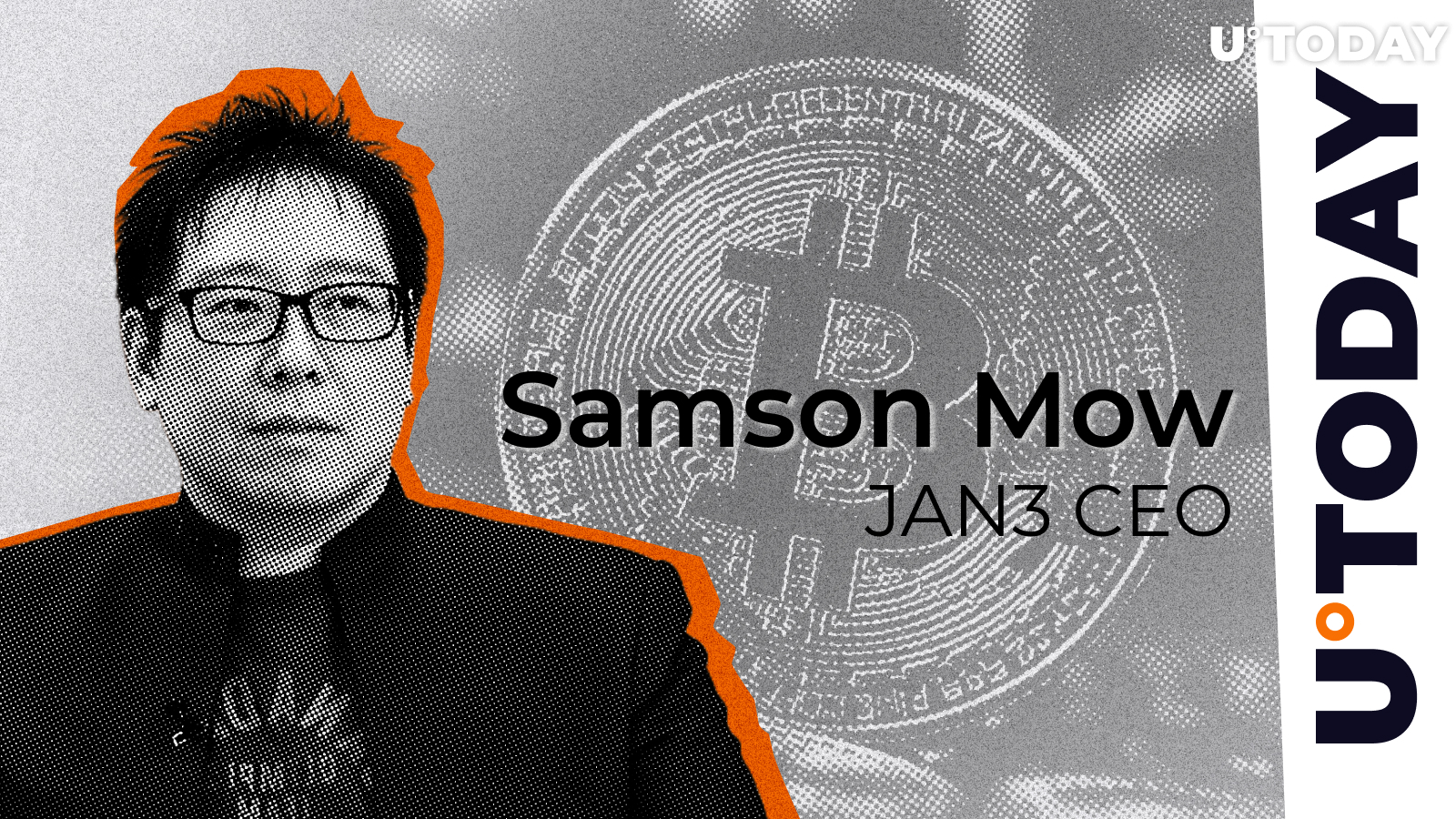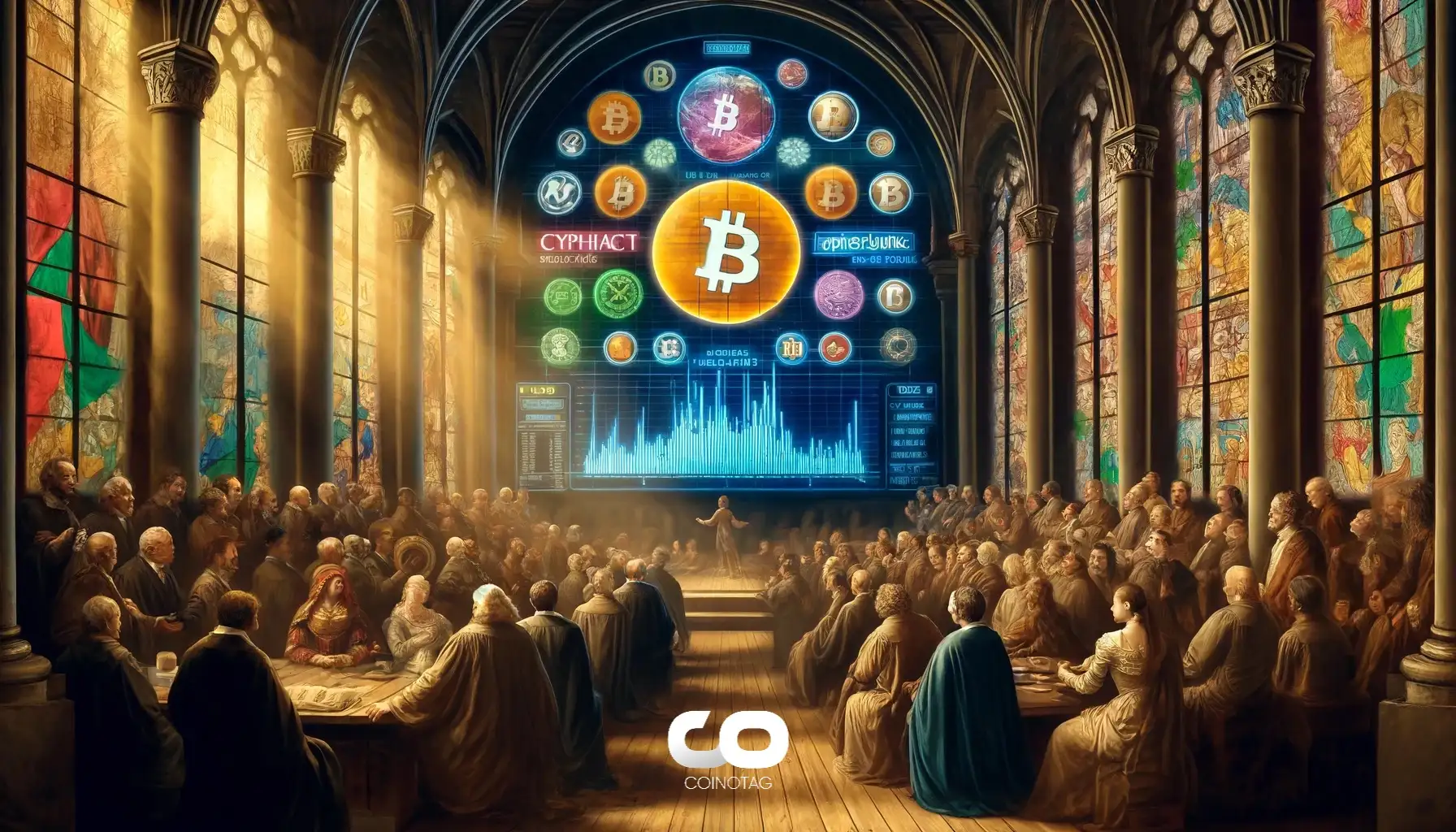Solana's Network Growth Complicated by Bot Transaction Allegations
Solana's native token SOL saw a notable surge and subsequent correction in its price, reflecting investor sentiment and speculative activity. Concurrently, the SEC's decision to revise its complaint against Binance has potential implications for the classification of Solana and other cryptocurrencies. Additionally, concerns over bot-driven transactions and memecoin dependence highlight ongoing challenges and opportunities within the network.
Solana Surpasses Ethereum in Metrics Amidst Allegations of Bot-Driven Activity
Solana has outpaced Ethereum in several key metrics this week. However, a recent research article published on X by pseudonymous researcher Flip Research raises concerns about the legitimacy of this surge, attributing much of Solana's activity to bots.
On July 26, Solana reported an average of 217 transactions per user across 1.3 million active addresses. In stark contrast, Ethereum saw fewer than three transactions per user among its 376,300 active addresses. This significant discrepancy in transaction volume has sparked debate within the crypto community. Flip Research, in an interview, pointed out the alarming amount of Maximum Extractable Value (MEV) and wash trading on Solana, suggesting that these figures may not be as organic as they appear.
Despite the controversy, Solana has posted impressive financial metrics. Data from Blockworks Research indicates that Solana accrued $25 million in total fees during the week of July 22, surpassing Ethereum's $21 million. Additionally, Solana recorded the highest 30-day decentralized exchange (DEX) volume in the industry. In the week leading up to July 30, Raydium led Solana’s DEX trading volume with $6.078 billion, followed by Orca with $3.428 billion and Phoenix with $1.144 billion.
Flip Research’s analysis suggests that a substantial portion of Solana’s trading volume is driven by bots and inorganic trading activities. Raydium, a prominent DEX on Solana, exhibits numerous liquidity pools with minimal liquidity yet generates massive trading volumes. For instance, the FLOG-SOL pool held merely $3 in liquidity but saw over $5 million in 24-hour trading volume.
This pattern is consistent across multiple low-liquidity pools on Raydium. Flip Research’s investigation uncovered that many of these pools are linked to rug-pulled projects, a common exit scam where developers abandon a project after amassing significant investor funds. One such project analyzed by Flip Research showed $10.8 million in volume from just $48 in liquidity, involving 2,845 unique wallets engaged in wash trading to generate $28,000 in fees.
The ”Memecoin Casino” Phenomenon
Flip Research labeled Solana as the “memecoin casino,” attracting users with high risk tolerance and low price sensitivity. This has made the platform a hotspot for MEV bots, scammers, and insiders exploiting the network. The research highlighted that Raydium’s standard liquidity pools hosted over 50 rug projects, which collectively generated $200 million in trading volume and $500,000 in fees in just 24 hours.
Bot activity on Solana is not a new phenomenon. In February, Solana's monthly stablecoin volume surpassed $643 billion, largely driven by USD Coin (USDC) transactions on Phoenix, another Solana DEX. The majority of this volume also originated from bots.
While these automated traders boost Solana’s metrics, they also strain the network’s health. In response to congestion issues, developers released a mainnet update in April 2024. However, Flip Research’s findings indicate that bot activity remains prevalent on the network.
Solana's recent performance metrics showcase its growing prominence in the crypto space, yet the underlying dynamics raise critical questions. The network's high transaction volume, impressive DEX activity, and fee generation metrics are overshadowed by concerns of bot-driven transactions and inorganic trading activities. As the debate continues, the crypto community remains vigilant, scrutinizing Solana's metrics and the legitimacy of its growth.
SEC's Legal Shift May Impact Solana and Other Significant Cryptocurrencies
In a move that could have significant implications for the cryptocurrency market, the Securities and Exchange Commission (SEC) has announced its intention to revise its complaint against Binance. This decision could lead to a change in the legal landscape for several prominent cryptocurrencies, including Solana.
The SEC's action marks a notable shift in how it plans to argue that certain tokens, previously classified as Third Party Crypto Asset Securities, are indeed securities. By notifying the court and Binance of its intent to amend its complaint, the SEC aims to modify the classification criteria of these tokens, which include Solana. This strategic move might allow the SEC to bypass a court ruling on the current allegations about these tokens, potentially providing short-term relief for Solana.
The debate over Solana's classification as a security has been ongoing, with significant implications for the token's market status. The SEC's decision to potentially withdraw its allegations could offer temporary respite for Solana, alleviating some regulatory pressures that have contributed to its volatility.
Impact on Solana's Market Performance
Solana's price has experienced notable volatility in recent months. The token has successfully breached several local resistance levels and is currently trading around $181. This bullish momentum suggests that Solana is well-positioned for further growth, with potential to reach the $200 mark. However, the strength of this breakout could be hindered by relatively low trading volumes, which may affect its sustainability.
Investors have shown cautious optimism regarding Solana's price trajectory, buoyed by the improving outlook for the cryptocurrency market. The SEC's decision to revise its complaint against Binance and its implications for Solana could significantly influence investor sentiment and market dynamics in the short term.
The SEC's actions are crucial in shaping the regulatory environment for cryptocurrencies. The potential reclassification of Solana and other tokens as securities could have far-reaching consequences for the market. Regulatory clarity and enforcement have been key concerns for investors, and the SEC's approach will likely play a significant role in determining the future direction of the market.
A favorable regulatory environment is essential for the growth and stability of the cryptocurrency market. The SEC's decision to amend its complaint may signal a more nuanced approach to regulation, which could foster a more supportive environment for cryptocurrencies. However, the ongoing uncertainty surrounding regulatory policies brings attention to the importance of vigilance and adaptability for market participants.
Investor sentiment remains a critical factor in the cryptocurrency market. The SEC's revised complaint could influence perceptions of regulatory risk, impacting investment decisions and market trends. A more favorable regulatory stance could boost confidence in cryptocurrencies like Solana, encouraging further investment and price appreciation.
Conversely, persistent regulatory uncertainty could weigh on the market, leading to heightened volatility and cautious investor behavior. The balance between regulatory enforcement and market freedom is delicate, and the SEC's actions will continue to be closely monitored by investors and market participants.
Solana’s SOL Token Sees Volatility Amid Surge and Correction: Evaluating Long-term Prospects
In a related development, SOL experienced a significant rally, surging 16% between July 25 and July 29, reaching $193.92, its highest level in four months. However, the token faced a stronger-than-anticipated resistance at $190, triggering an 8% correction that brought the price down to its current level. Despite this setback, SOL achieved a 23.5% gain in July. However, traders are wary that this correction might signal the beginning of a downtrend.
To assess whether SOL's recent outperformance is sustainable, it's crucial to analyze if the price surge was driven by strong fundamentals or merely market hype. A significant portion of investor optimism stemmed from the potential approval of a SOL exchange-traded fund (ETF), following the approval of Ethereum instruments for trading in the United States on July 22. The SEC has set the final deadline for the SOL ETF ruling in March 2025.
Opinions on SOL's ETF vary. At the Bitcoin Conference on July 25 in Nashville, BlackRock’s head of digital assets remarked on the limited interest in cryptocurrencies beyond Bitcoin and Ethereum among their client base. Conversely, asset manager Franklin Templeton remains optimistic about a SOL ETF, citing ”major adoption” and the successful navigation of ”technological growing pains.” Although the outcome of the SEC's decision is uncertain, the anticipation surrounding it has undoubtedly contributed to SOL’s recent gains.
Memecoins, particularly those launched on platforms like Pump.fun, have significantly boosted Solana’s network volumes and revenue. Pump.fun, which facilitates the creation of tradable tokens with a ”fair-launch” methodology, has been a key driver. Over the past 30 days, Pump.fun generated $25.8 million in fees, surpassing the $24.4 million paid to Bitcoin miners in the same period.
The platform has also attracted a considerable number of unique addresses, with 219,070 users in the past week, compared to 118,750 on BNB Chain’s PancakeSwap and 132,010 on Ethereum’s Uniswap. This influx of activity has raised questions about Solana’s heavy reliance on memecoins like Dogwifhat (WIF), Bonk (BONK), Book of Meme (BOME), and Cat in a Dog’s World (MEW). Critics argue that this dependence could undermine the network's long-term stability.
However, it’s important to recognize Solana's SPL tokens, such as Jupiter (JUP), Lido DAO (LDO), Helium (HNT), and Raydium (RAY), which highlight the network’s capability to support high-output base layer applications with robust technological infrastructure.
Stagnant TVL and Validator Concerns
Despite the positive momentum, Solana’s total value locked (TVL) has stagnated near 30.5 million SOL over the past two weeks, after peaking at 32.1 million SOL on July 5—the highest level since October 2022. This stagnation mirrors trends seen in other major networks like Ethereum and BNB Chain, whose TVLs have also plateaued recently.
Additionally, there is growing concern about the maximal extractable value (MEV) issue on the Solana network. Validators can exploit MEV by manipulating transaction order within blocks, leading to potential profits. Unlike other networks, Solana lacks a built-in mempool, forcing participants to rely on out-of-protocol infrastructure. This creates a lucrative environment for MEV exploitation, adversely affecting organic users.
While it might be premature to declare SOL overvalued fundamentally, the current uncertainty surrounding the network's growth potential is causing traders to reevaluate their positions. The mixed signals from various market indicators, coupled with regulatory uncertainties, add to the cautious sentiment.





